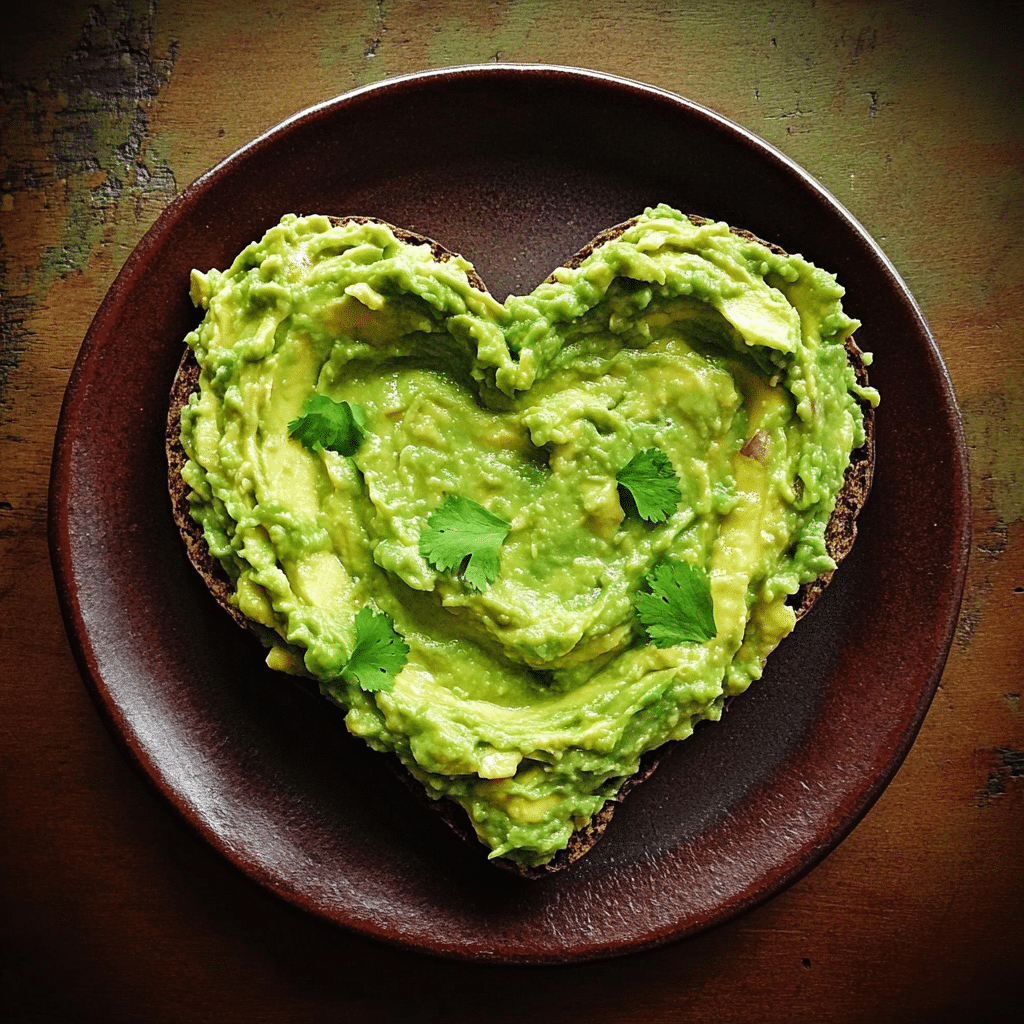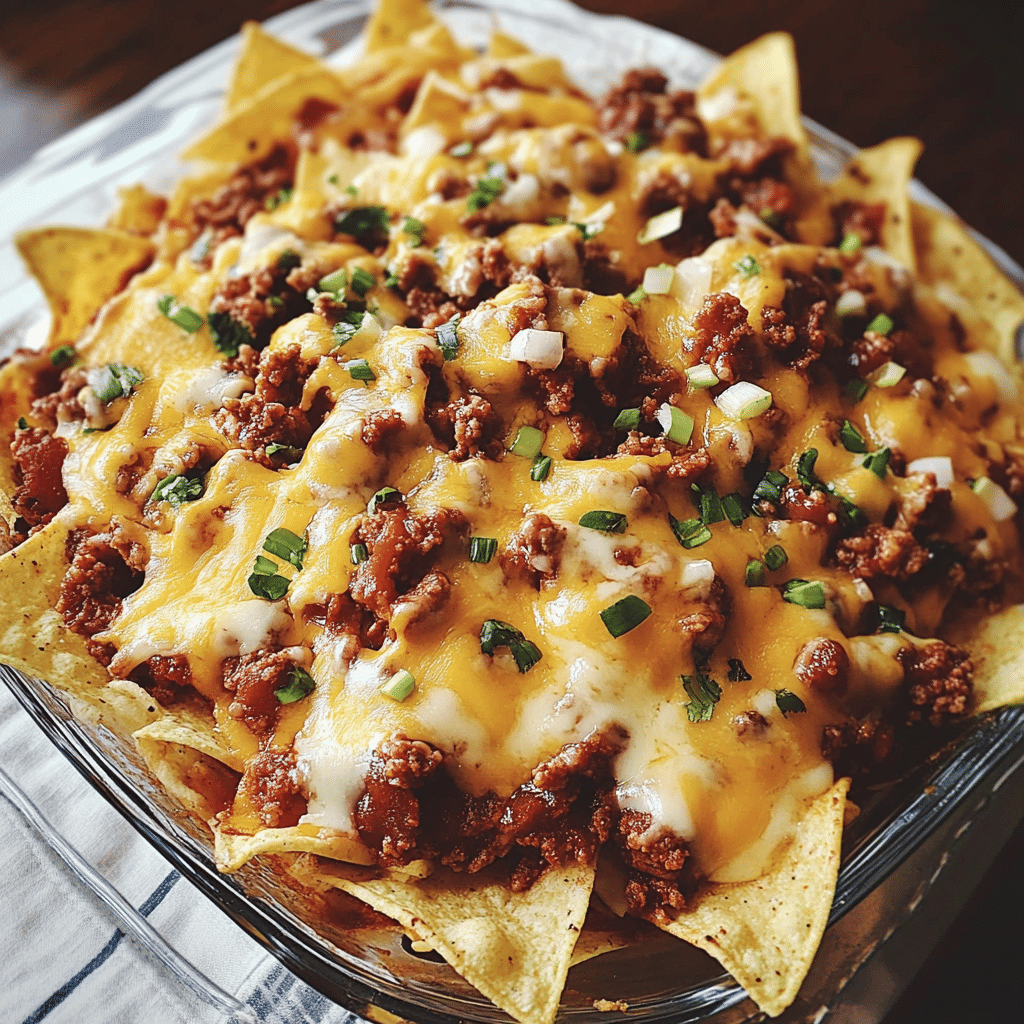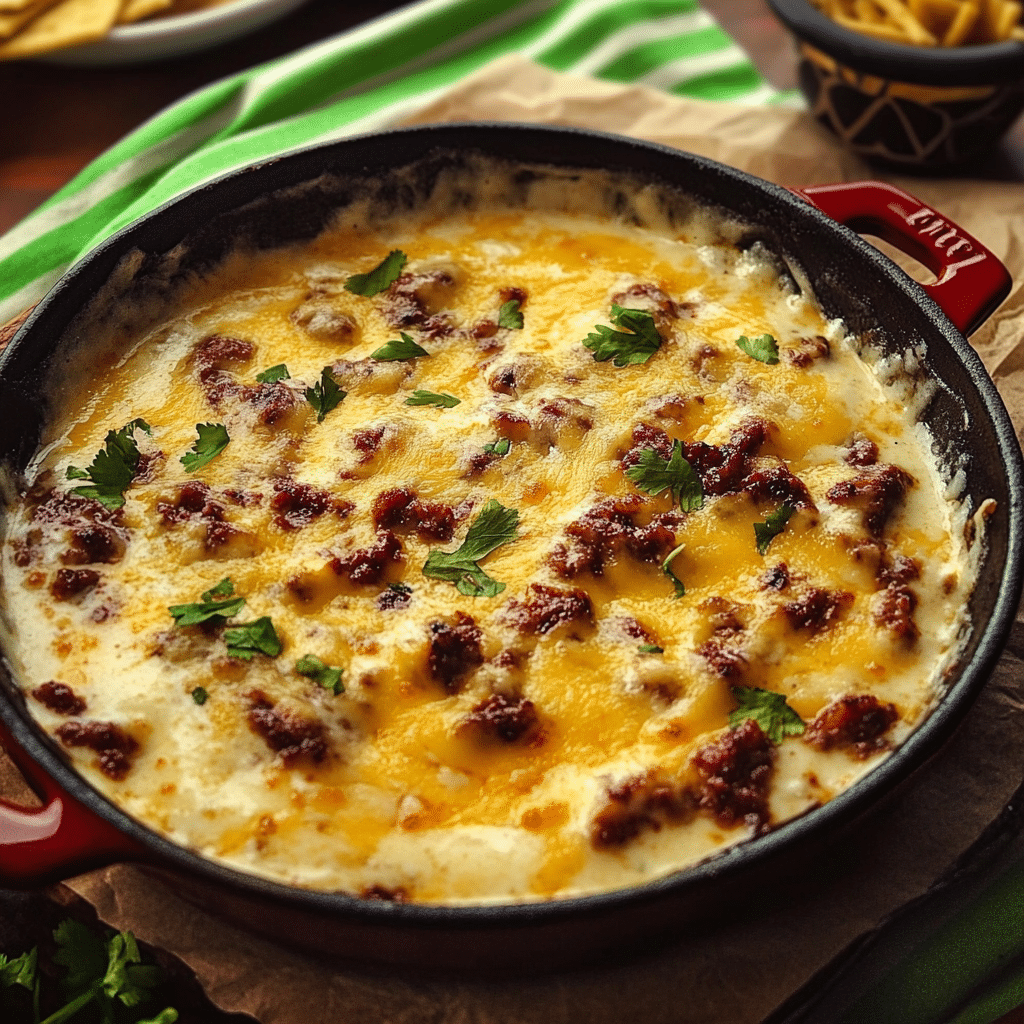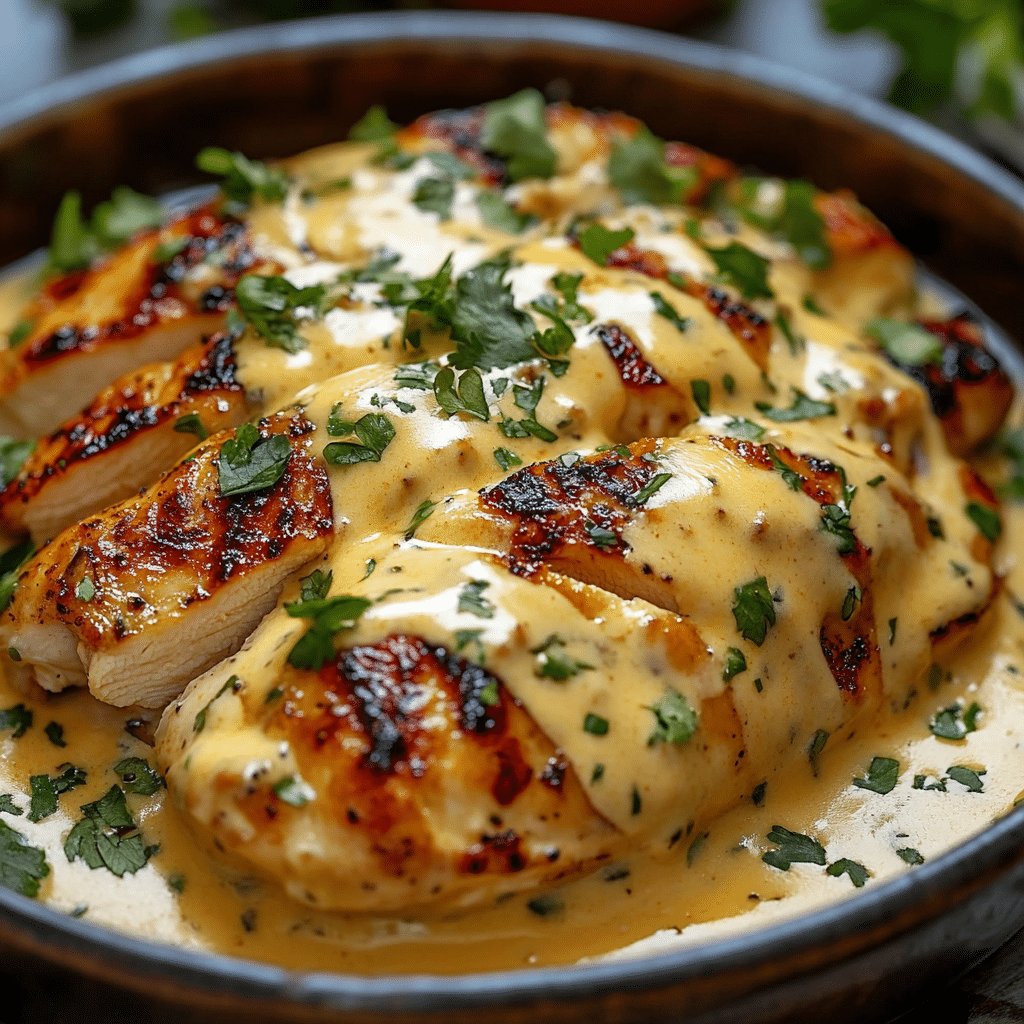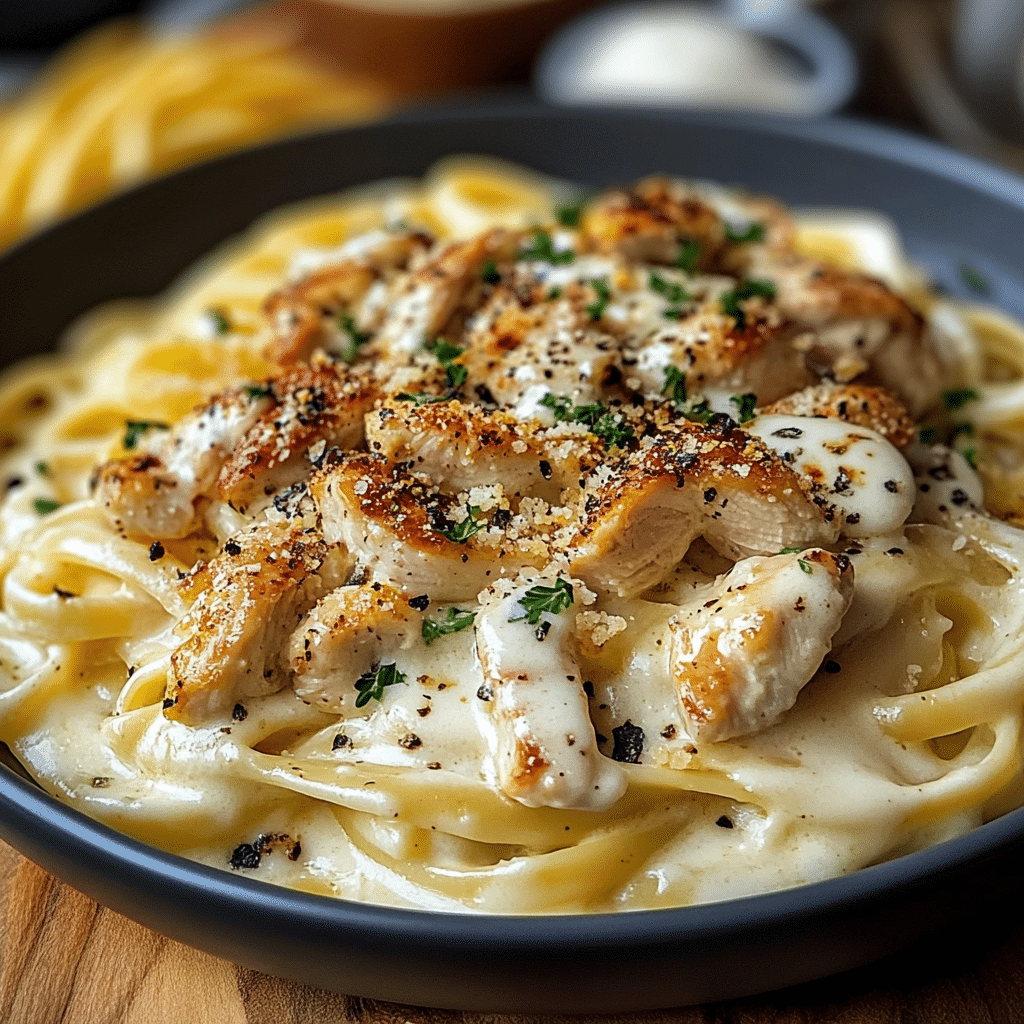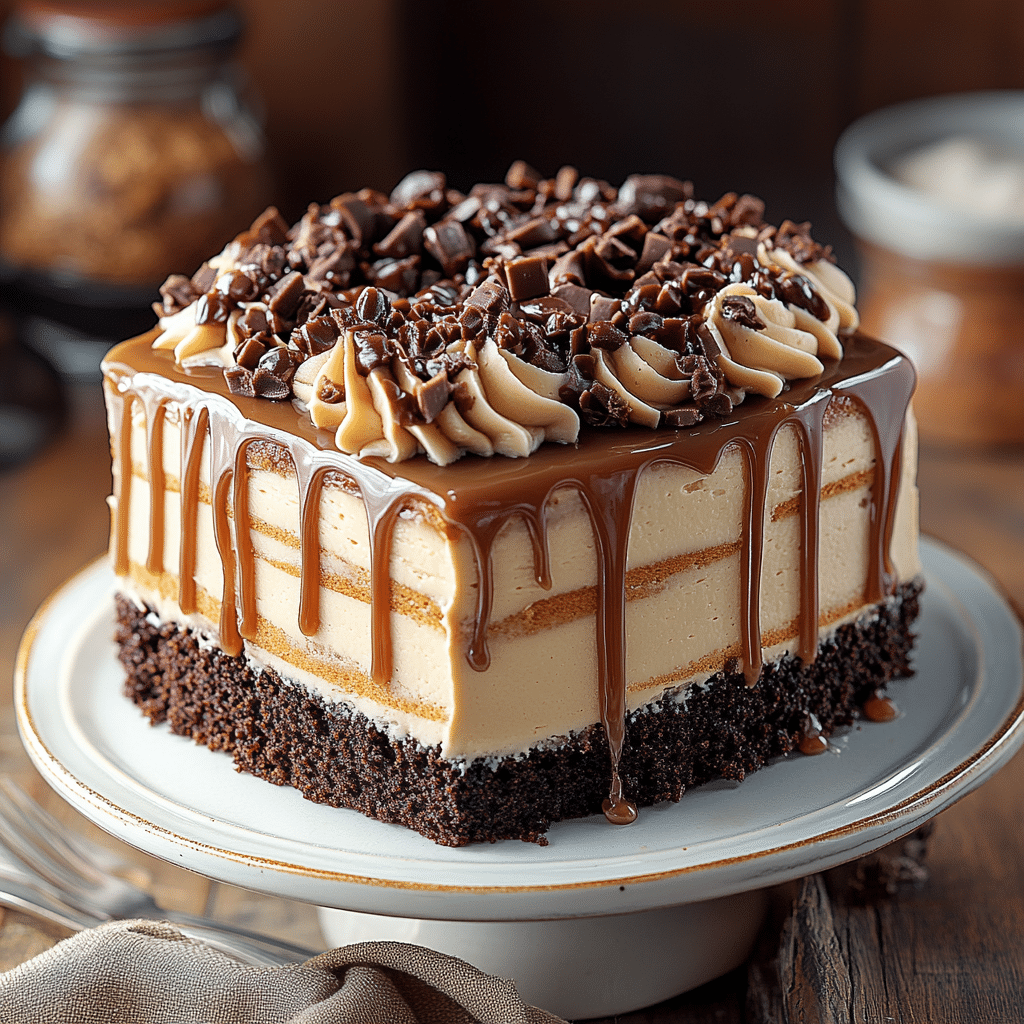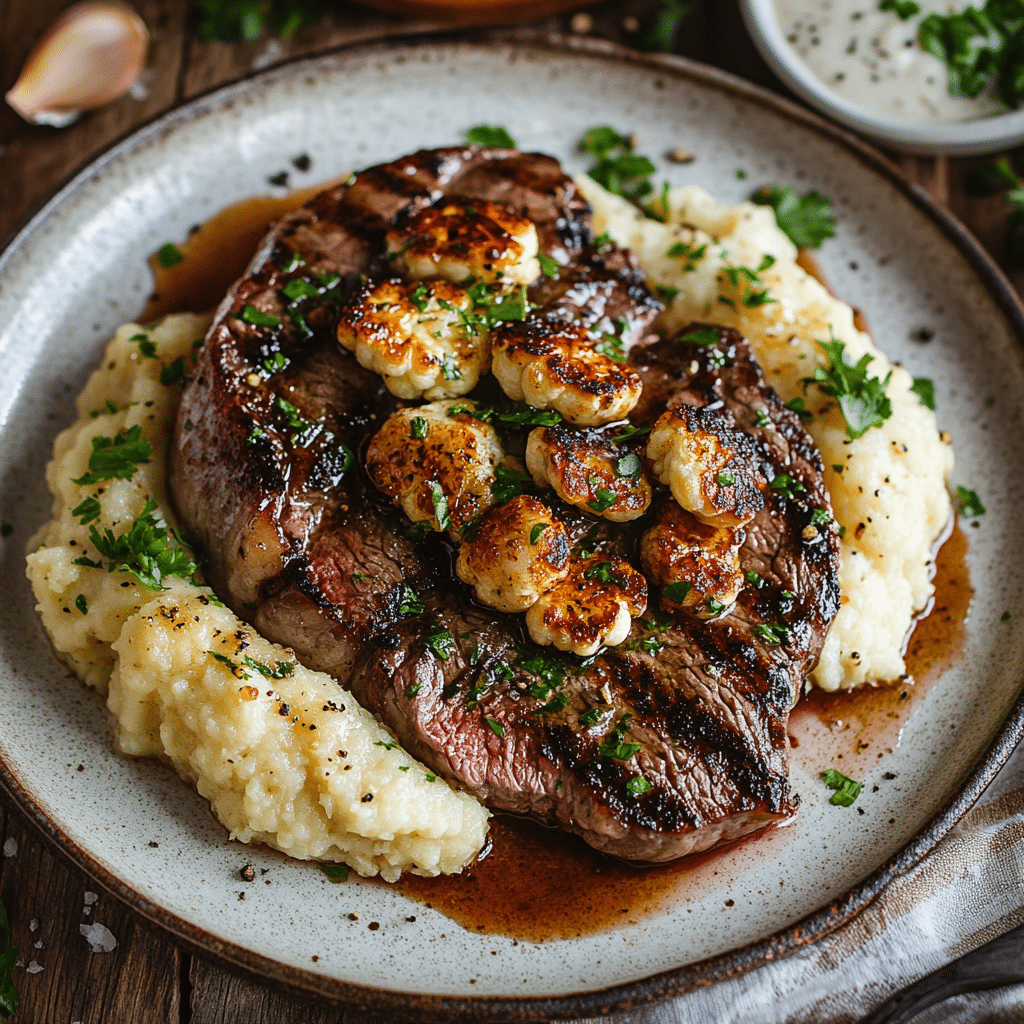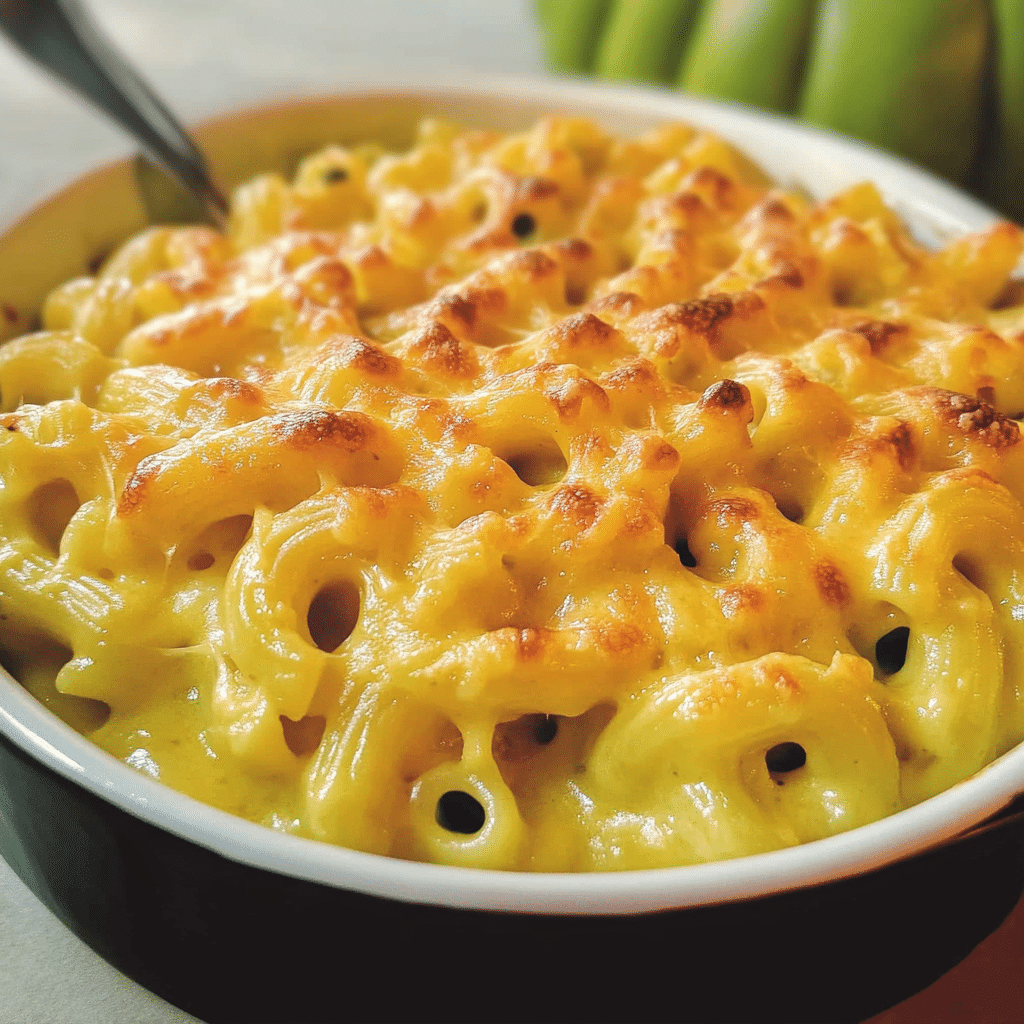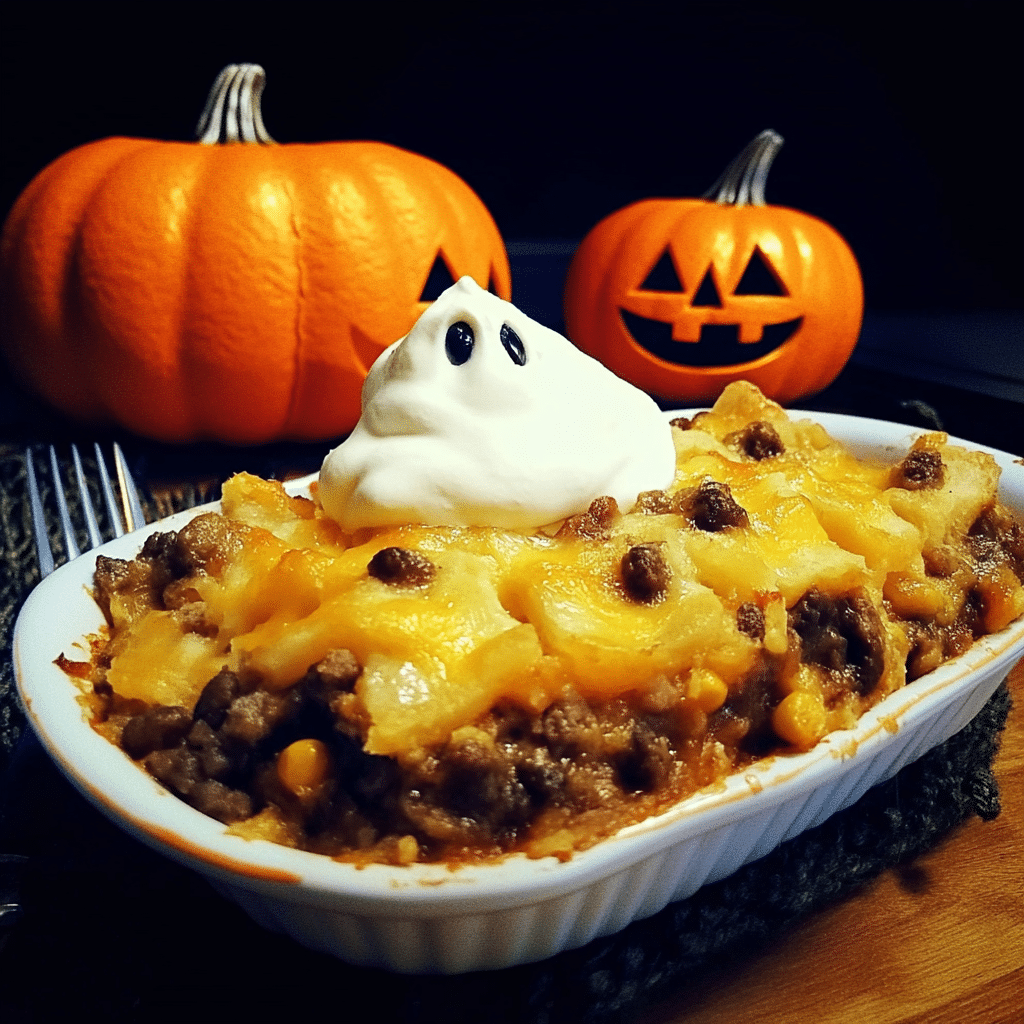Introduction
Garlic Herbed Beef Tenderloin is not just a meal; it’s an experience. Renowned for its exquisite flavor and tender texture, beef tenderloin stands out as one of the most luxurious cuts of beef available. When it’s enhanced with a savory blend of garlic and fresh herbs, it becomes a dish that can transform any dining occasion into a memorable feast. Whether you’re celebrating a special event or simply aiming to elevate a weeknight dinner, this recipe will impress your family and guests alike.
The Significance of Beef Tenderloin
Beef tenderloin, often regarded as the crown jewel of the beef family, is prized for its exceptional tenderness. Unlike other cuts, this muscle does very little work throughout the animal’s life, resulting in a buttery softness that melts in your mouth. Because of its mild flavor, it serves as an excellent canvas for various seasonings, allowing it to adapt to a multitude of culinary styles. The combination of garlic and herbs adds layers of flavor, creating a dish that is both comforting and sophisticated.
Ingredients
To prepare Garlic Herbed Beef Tenderloin, you will need the following ingredients:
For the Beef Tenderloin
- 2-3 pounds beef tenderloin: Look for a whole tenderloin for the best results; it can be trimmed and prepared to your preference.
- 3 tablespoons olive oil: Essential for browning the meat and adding richness to the flavor.
- 4-6 cloves garlic, minced: Fresh garlic offers a robust and aromatic flavor that enhances the dish.
- 2 tablespoons fresh rosemary, finely chopped: Rosemary provides a fragrant, earthy aroma that complements beef beautifully.
- 2 tablespoons fresh thyme, finely chopped: Thyme adds a subtle sweetness and depth of flavor.
- Salt and freshly ground black pepper: These basics are essential for seasoning and bringing out the natural flavors of the beef.
- 1 tablespoon Dijon mustard (optional): Adds a slight tanginess that enhances the overall flavor profile.
For the Optional Marinade (if desired)
- 1/2 cup red wine: A good quality red wine, such as Cabernet Sauvignon or Merlot, can enrich the flavor of the beef.
- 1 tablespoon balsamic vinegar: Provides a sweet and tangy contrast to the dish.
- 1 teaspoon honey: Balances the acidity of the vinegar and adds a hint of sweetness.
Preparation Method
Step 1: Preparing the Beef
Begin by removing the beef tenderloin from the refrigerator. Allow it to rest at room temperature for about 30 minutes. This step is critical for achieving even cooking, ensuring the inside of the meat reaches the desired doneness without overcooking the exterior.
Step 2: Making the Garlic Herb Mixture
In a small mixing bowl, combine the minced garlic, chopped rosemary, chopped thyme, olive oil, and Dijon mustard (if using). Stir the mixture well until the garlic and herbs are evenly distributed throughout the oil. Season the mixture with salt and freshly ground black pepper to taste. This flavorful paste will be the key to enhancing the beef’s taste.
Step 3: Seasoning the Beef
Pat the beef tenderloin dry with paper towels to eliminate any excess moisture. This step is crucial for achieving a beautiful sear when cooking. Rub the garlic herb mixture generously over the tenderloin, ensuring that every inch is coated. If you opt to use the marinade, place the beef in a resealable plastic bag, add the red wine, balsamic vinegar, and honey, and refrigerate for 1-4 hours. This marination step allows the flavors to penetrate deeper into the meat, resulting in a more flavorful dish.
Step 4: Prepping the Oven
Preheat your oven to 400°F (200°C). This temperature is ideal for roasting beef tenderloin, allowing it to cook evenly while developing a beautiful crust. If you have a meat thermometer, it’s a good idea to have it handy for checking the internal temperature during cooking.
Step 5: Searing the Beef
In an oven-safe skillet (cast iron works wonderfully), heat a tablespoon of olive oil over medium-high heat. Once the oil is shimmering and hot, carefully place the beef tenderloin into the skillet. Sear the meat for about 3-4 minutes on each side until a golden-brown crust forms. This searing process is essential for locking in the juices and creating a flavorful exterior.
Step 6: Roasting the Tenderloin
After searing, transfer the skillet directly to the preheated oven. Roast the beef tenderloin for about 20-30 minutes, depending on your desired level of doneness. It’s important to keep an eye on the internal temperature:
- Rare: 125°F (52°C)
- Medium rare: 135°F (57°C)
- Medium: 145°F (63°C)
- Medium well: 150°F (66°C)
- Well done: 160°F (71°C)
Using a meat thermometer is the best way to ensure your beef is cooked to perfection.
Step 7: Resting the Beef
Once the beef reaches your desired doneness, remove it from the oven and transfer it to a cutting board. Tent the meat loosely with aluminum foil and allow it to rest for at least 10-15 minutes. This resting period is crucial; it allows the juices to redistribute throughout the meat, resulting in a juicier and more flavorful tenderloin.
Step 8: Slicing and Serving
After resting, slice the beef tenderloin into 1-inch thick medallions. Arrange the slices on a serving platter and drizzle with any pan juices or additional olive oil. For an elegant presentation, consider garnishing with fresh herbs, such as sprigs of rosemary or thyme, and serve with sides that complement the dish.
Serving Suggestions
Garlic Herbed Beef Tenderloin pairs beautifully with a variety of sides, enhancing its gourmet appeal. Here are some delicious serving suggestions:
1. Roasted Vegetables
Roasted seasonal vegetables make a perfect accompaniment to the tenderloin. Consider using a mix of colorful veggies such as carrots, bell peppers, zucchini, and asparagus. Toss them in olive oil, salt, and pepper, then roast them in the oven until tender and slightly caramelized. The natural sweetness of the vegetables will balance the richness of the beef.
2. Creamy Mashed Potatoes
The creamy texture of mashed potatoes complements the savory notes of the beef. You can prepare classic mashed potatoes with butter and cream or elevate them by adding roasted garlic, sour cream, or fresh herbs for added flavor. The creaminess of the potatoes creates a delightful contrast to the tenderloin.
3. Fresh Salad
A crisp green salad adds freshness and lightness to the meal. Use a mix of baby greens, arugula, or spinach, and toss in some cherry tomatoes, sliced cucumbers, and red onion. A light vinaigrette dressing made with olive oil, lemon juice, and a touch of honey will enhance the salad without overpowering the beef.
4. Red Wine Sauce
For an elevated dining experience, serve the beef with a red wine reduction sauce. In the same skillet used for searing the beef, add shallots and deglaze with red wine, scraping up the browned bits. Simmer until the sauce thickens, strain, and drizzle over the sliced beef for a luxurious finish that ties the flavors together beautifully.
5. Artisan Bread
Slices of crusty artisan bread, such as a baguette or ciabatta, make a wonderful side. They are perfect for soaking up the flavorful juices from the beef. For an added touch, you can create a garlic herb butter to spread on the bread, echoing the flavors of the tenderloin.
Tips for the Perfect Garlic Herbed Beef Tenderloin
- Choose High-Quality Beef: The quality of your beef will significantly impact the flavor of the dish. Look for USDA Prime or Choice grade beef tenderloin. A well-marbled tenderloin will yield the most tender and flavorful results.
- Use Fresh Herbs: Fresh herbs will provide the most flavor and aroma. If you must use dried herbs, remember that they are more potent than fresh, so reduce the quantity accordingly. A good rule of thumb is to use one-third the amount of dried herbs as you would fresh.
- Don’t Skip the Searing: Searing the beef is crucial for developing a flavorful crust and locking in moisture. Ensure your skillet is hot enough before adding the meat to achieve that perfect sear.
- Resting is Key: Allowing the meat to rest after cooking is essential for juicy results. Cutting into it too soon will cause the juices to run out, leading to a dry tenderloin.
- Experiment with Flavors: Feel free to customize the garlic herb mixture with your favorite herbs or spices. Basil, parsley, or even a hint of red pepper flakes can add a unique twist.
- Cook to Temperature, Not Time: Always rely on a meat thermometer instead of cooking times to ensure your beef is cooked perfectly. Every oven is different, and the thickness of the tenderloin will affect cooking time.
- Consider Aging the Beef: If time permits, consider aging your beef for a few days in the refrigerator. Dry-aging enhances the flavor and tenderness of the meat, making it even more delicious.
- Serve with a Side of Sauce: If you have the time, consider making a sauce using the pan drippings. This can add another layer of flavor and tie all the components of your meal together.
Variations and Enhancements
While the Garlic Herbed Beef Tenderloin is a classic dish, there are several ways to modify or enhance the recipe:
1. Herb Variations
Feel free to mix and match herbs according to your preference or what you have on hand. For instance, tarragon adds a unique flavor, while sage can bring a warm, earthy quality to the dish. Experimenting with different herbs can give your tenderloin a distinct twist.
2. Add Spice
If you enjoy a little heat, consider adding crushed red pepper flakes to the garlic herb mixture or marinating the beef with a splash of hot sauce. This will provide a nice contrast to the richness of the beef.
3. Incorporate Citrus
For a bright flavor, consider adding citrus zest (like lemon or orange) to the herb mixture. The acidity from the citrus can help balance the richness of the beef while adding a fresh aroma.
4. Serve with Gourmet Accompaniments
Elevate your dish with gourmet accompaniments such as truffle oil drizzled over the mashed potatoes, or a sprinkle of aged balsamic vinegar on the roasted vegetables. These small touches can significantly enhance the overall presentation and flavor profile.
5. Stuff the Tenderloin
For a more elaborate presentation, consider butterflying the tenderloin and stuffing it with a mixture of spinach, feta cheese, and sun-dried tomatoes before roasting. This not only adds flavor but also creates an impressive presentation when sliced.
Conclusion
Garlic Herbed Beef Tenderloin is a dish that encapsulates elegance and flavor, making it an excellent choice for special occasions or a sumptuous family dinner. With its tender, juicy meat infused with aromatic garlic and herbs, this recipe is sure to impress your guests and leave a lasting impression.
By following the steps outlined in this article and incorporating your personal touches, you can create a mouthwatering beef tenderloin that shines at the center of your table. Whether served with roasted vegetables, creamy mashed potatoes, or a fresh salad, this dish is sure to be a favorite.
As you embark on your culinary journey to prepare Garlic Herbed Beef Tenderloin, remember to enjoy the process. Cooking is not just about the final dish; it’s about the love and effort you put into it, the aromas that fill your kitchen, and the joy of sharing a meal with loved ones. Savor the delightful results of your culinary efforts and create lasting memories around the dinner table.
Print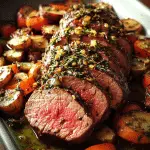
Garlic Herbed Beef Tenderloin: A Culinary Delight
Description
Indulge in the exquisite taste of Garlic Herbed Beef Tenderloin, a dish that perfectly showcases the tender, buttery texture of one of the finest cuts of beef. Coated in a fragrant blend of garlic and fresh herbs, this roast offers a delightful depth of flavor with every bite. Cooked to perfection, the tenderloin is juicy and flavorful, making it an ideal choice for elegant dinners or special celebrations. Serve with roasted vegetables and a rich red wine sauce for an unforgettable meal that is sure to impress your guests and create lasting memories.
Ingredients
For the Beef Tenderloin
- 2–3 pounds beef tenderloin: Look for a whole tenderloin for the best results; it can be trimmed and prepared to your preference.
- 3 tablespoons olive oil: Essential for browning the meat and adding richness to the flavor.
- 4–6 cloves garlic, minced: Fresh garlic offers a robust and aromatic flavor that enhances the dish.
- 2 tablespoons fresh rosemary, finely chopped: Rosemary provides a fragrant, earthy aroma that complements beef beautifully.
- 2 tablespoons fresh thyme, finely chopped: Thyme adds a subtle sweetness and depth of flavor.
- Salt and freshly ground black pepper: These basics are essential for seasoning and bringing out the natural flavors of the beef.
- 1 tablespoon Dijon mustard (optional): Adds a slight tanginess that enhances the overall flavor profile.
For the Optional Marinade (if desired)
- 1/2 cup red wine: A good quality red wine, such as Cabernet Sauvignon or Merlot, can enrich the flavor of the beef.
- 1 tablespoon balsamic vinegar: Provides a sweet and tangy contrast to the dish.
- 1 teaspoon honey: Balances the acidity of the vinegar and adds a hint of sweetness.
Instructions
Step 1: Preparing the Beef
Begin by removing the beef tenderloin from the refrigerator. Allow it to rest at room temperature for about 30 minutes. This step is critical for achieving even cooking, ensuring the inside of the meat reaches the desired doneness without overcooking the exterior.
Step 2: Making the Garlic Herb Mixture
In a small mixing bowl, combine the minced garlic, chopped rosemary, chopped thyme, olive oil, and Dijon mustard (if using). Stir the mixture well until the garlic and herbs are evenly distributed throughout the oil. Season the mixture with salt and freshly ground black pepper to taste. This flavorful paste will be the key to enhancing the beef’s taste.
Step 3: Seasoning the Beef
Pat the beef tenderloin dry with paper towels to eliminate any excess moisture. This step is crucial for achieving a beautiful sear when cooking. Rub the garlic herb mixture generously over the tenderloin, ensuring that every inch is coated. If you opt to use the marinade, place the beef in a resealable plastic bag, add the red wine, balsamic vinegar, and honey, and refrigerate for 1-4 hours. This marination step allows the flavors to penetrate deeper into the meat, resulting in a more flavorful dish.
Step 4: Prepping the Oven
Preheat your oven to 400°F (200°C). This temperature is ideal for roasting beef tenderloin, allowing it to cook evenly while developing a beautiful crust. If you have a meat thermometer, it’s a good idea to have it handy for checking the internal temperature during cooking.
Step 5: Searing the Beef
In an oven-safe skillet (cast iron works wonderfully), heat a tablespoon of olive oil over medium-high heat. Once the oil is shimmering and hot, carefully place the beef tenderloin into the skillet. Sear the meat for about 3-4 minutes on each side until a golden-brown crust forms. This searing process is essential for locking in the juices and creating a flavorful exterior.
Step 6: Roasting the Tenderloin
After searing, transfer the skillet directly to the preheated oven. Roast the beef tenderloin for about 20-30 minutes, depending on your desired level of doneness. It’s important to keep an eye on the internal temperature:
- Rare: 125°F (52°C)
- Medium rare: 135°F (57°C)
- Medium: 145°F (63°C)
- Medium well: 150°F (66°C)
- Well done: 160°F (71°C)
Using a meat thermometer is the best way to ensure your beef is cooked to perfection.
Step 7: Resting the Beef
Once the beef reaches your desired doneness, remove it from the oven and transfer it to a cutting board. Tent the meat loosely with aluminum foil and allow it to rest for at least 10-15 minutes. This resting period is crucial; it allows the juices to redistribute throughout the meat, resulting in a juicier and more flavorful tenderloin.
Step 8: Slicing and Serving
After resting, slice the beef tenderloin into 1-inch thick medallions. Arrange the slices on a serving platter and drizzle with any pan juices or additional olive oil. For an elegant presentation, consider garnishing with fresh herbs, such as sprigs of rosemary or thyme, and serve with sides that complement the dish.
Nutrition
- Calories: 280 kcal
- Fat: 18g
- Carbohydrates: 0g
- Protein: 30g


